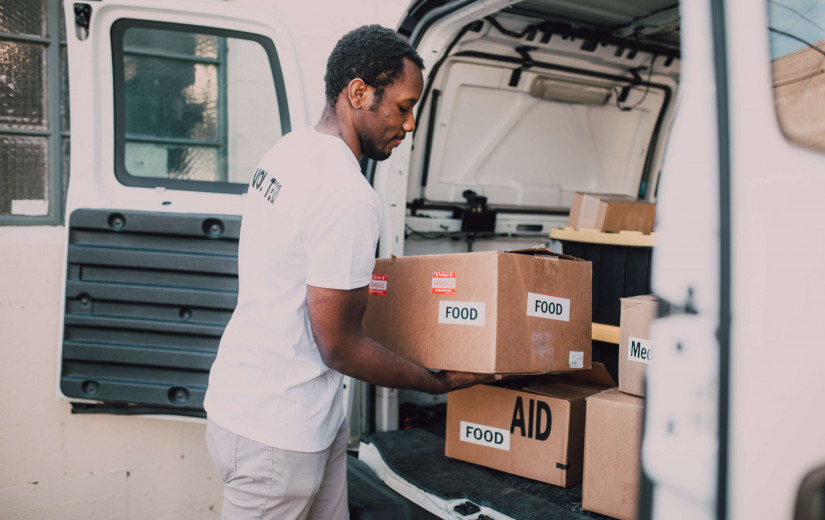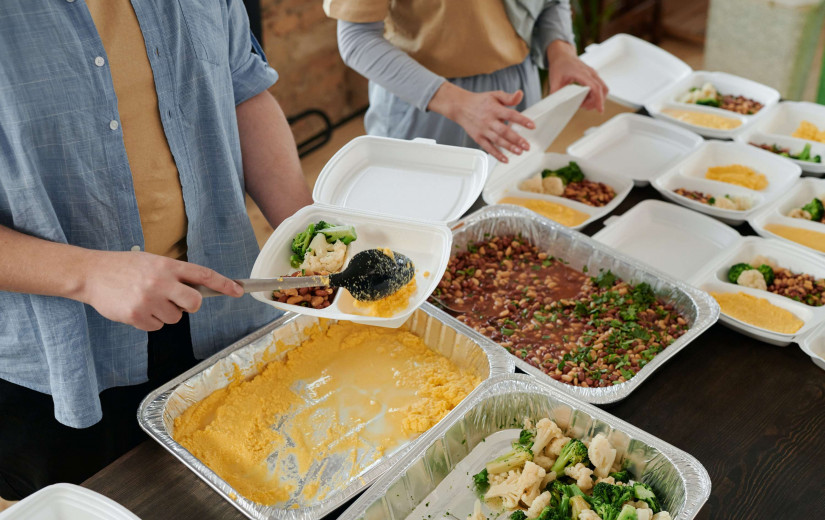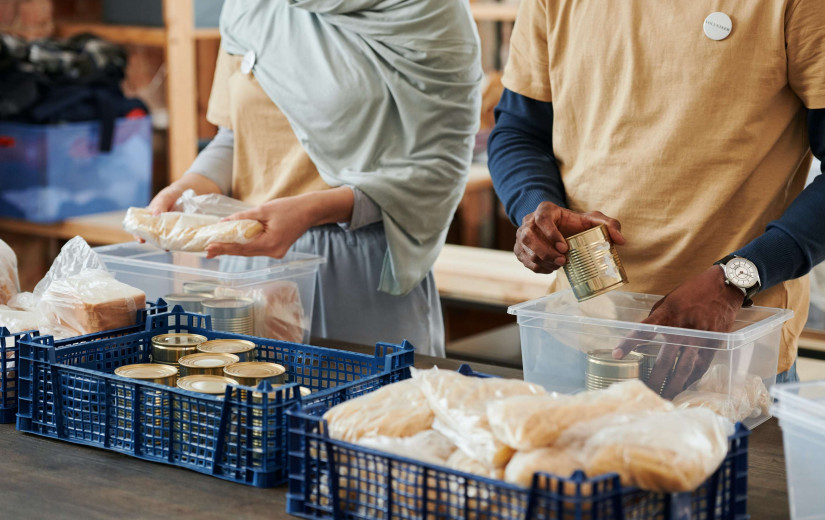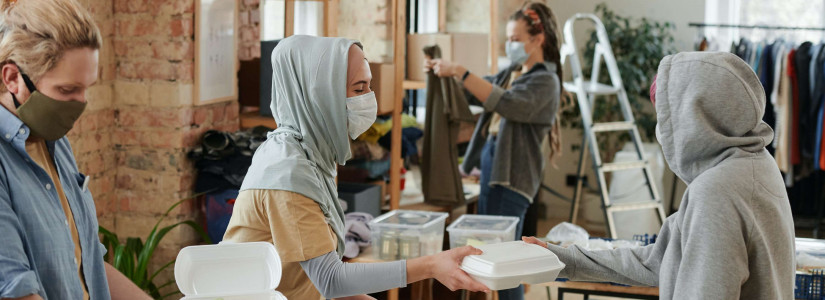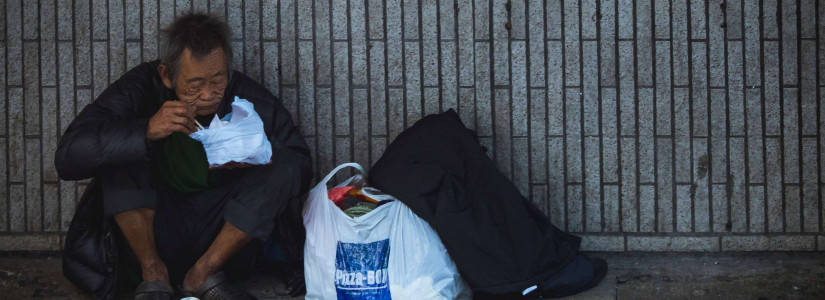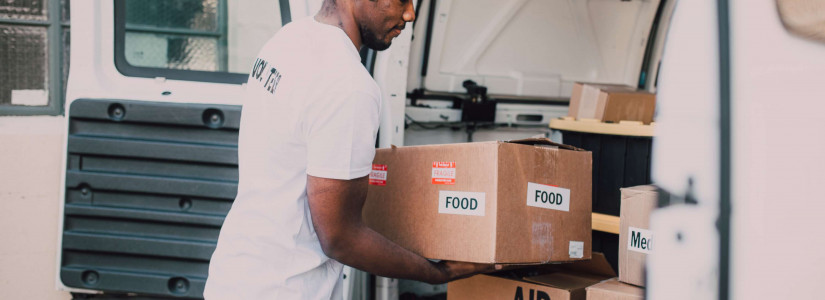Time to Start Wearing a Face Mask? Here is Everything You Need to Know
As many states look to re-open in the coming days, there has been more guidance about the use of face masks as a means to offer protection from COVID-19. It is clear that this global health pandemic is not going to simply go away anytime soon. Yet, many governments are balancing this truth with the need to get the economy up and running again. This is where the use of protective face masks play a vital role. Here are a few things to know about face masks as you navigate this precarious time.
What Are the Official Rules and Regulations
After coming out on record stating that face masks were not necessary, the Centers for Disease Control and Prevention (CDC) reversed course on April 3 and said that it was officially recommending their use. This updated guidance came as a result of new research that indicated a high occurrence of asymptomatic COVID-19 carriers possibly spreading the virus unknowingly. Many states and cities have taken it upon themselves at the local level to mandate the use of masks out in public. Check with your local officials before heading out to learn what your community rules state.
Why Wear a Mask?
The primary benefit of wearing a mask is not to necessarily protect yourself. The biggest gain comes from the protection that you give others by shielding your face. A protective mask prevents the virus from escaping out of the mouth or nose. Even when wearing a mask, it is still important to maintain the recommended social distancing protocols.
Understanding the Different Types of Masks
It can be overwhelming to understand what type of mask you should use. There is a significant difference between a medical mask and a homemade cloth mask. The CDC has been adamant that the public should not rush out to buy surgical masks or N95 respirators. These types of masks are in high demand and need to be reserved for healthcare professionals. N95 respirators are the gold standard of masks and must be properly fitted to provide maximum protection. Surgical masks are a step down from a N95 mask in their effectiveness at filtering out harmful air particles.
Most health experts are recommending that the general public use a cloth mask. You can make these masks with old t-shirts or even a bandana. You do not even need a sewing machine to construct your own covering. Multiple layers of cloth will provide the greatest level of protection. The efficacy of the mask is reduced if there are gaps in the coverage.
How to Reuse Masks
One of the biggest advantages of a cloth mask is that they are reusable. Because they are washable, it is easy to throw them in the washer between uses. You need to be diligent about washing the masks after each use so that you clean off any germs that may have been picked up. If you own surgical masks, you can reuse these by leaving them in a clean place of your home for a few days. Because the virus can only live on surfaces for up to three days, it will be safe to use the masks again once this time period is over. It is not recommended to microwave the masks in an attempt to kill the germs.
Kids and Masks
Parents are understandably worried about their children wearing masks. These coverings are not recommended for children under the age of two. It is also important that the child is mature enough to not be constantly adjusting the mask. Touching the face often will defeat the purpose of wearing the mask. You can make wearing a mask more effective and comfortable for your child by making sure it is the right size for their face. Choosing fabrics and designs that appeal to your child will also make this a more pleasant experience for them.
The bottom line is that the right type of protective face coverings can play a vital part in the efforts to reduce the spread of the virus. Understanding how to properly use the mask will go a long way in protecting yourself and others as we continue to battle COVID-19.




